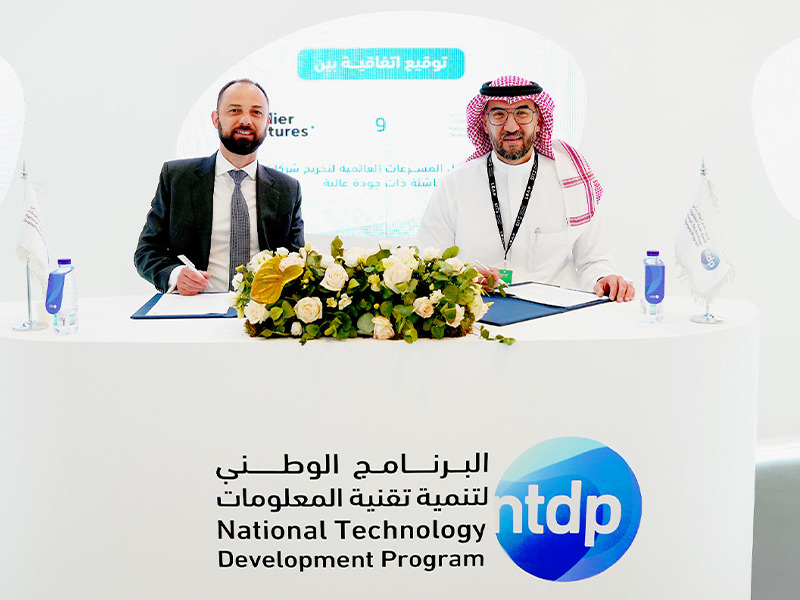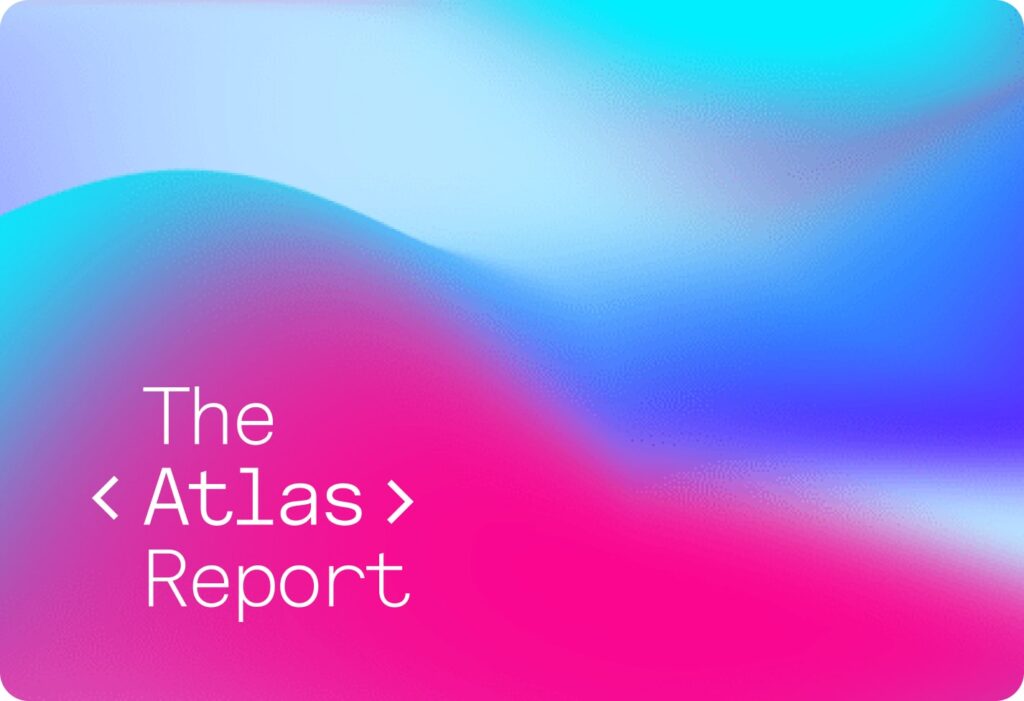Producing a high-end movie or AAA game is a slow and costly process. How can generative AI and blockchain usher in a new networked creative renaissance?
Growing pains
Producing a high-end movie or AAA game is an incredibly risky enterprise; the average AAA game or blockbuster movie takes between $65 and $80 million and three years to make. And as a result of this, any parent trying to find something new on a streaming platform for young children will find that there’s not enough of it that gets produced to keep up with demand. The current system of content production is not only unscalable, it’s also increasingly out of sync with the desires and behaviors of younger generations. This aversion to risk only breeds more insular and repeat content, as Hollywood studios are incentivized to focus on known legacy franchises, such as Marvel, which bring in guaranteed returns.
In this article, I’ll be exploring how the Open Metaverse, namely the convergence of blockchain and AI, can pave the way for what we are calling Composable Creativity, a new form of content creation that can transform streaming as we know it.
If we look at Generation Alpha (children born roughly between 2010 and 2025), they’re either playing in Roblox or Minecraft, whilst simultaneously streaming or watching user-generated content on YouTube and Twitch. My daughter, for example, who is nine, only watches media made in spaces where she plays and builds. Content to her is inherently a form of socializing with her peers. And as I see it, this underlying desire for highly personalized and participatory media is going to be key in shaping the future of media and entertainment.
A new economic paradigm
Artificial Intelligence is crucial towards driving that change and there is rightly a lot of buzz around ChatGPT, the fastest growing web app ever, and AI lately. However, looking at any one particular technology or platform in isolation only tells a fraction of the story. To imagine these opportunities, we need to understand the convergence of technologies, namely blockchain and AI. And that really demands a new economic paradigm and operating system for The Web.
In fact, what’s more interesting – and I believe really points to the true power of generative AI – is how creators now combine multiple tools, and their outputs as layers. Let’s say that someone uses Chat GPT to create a script and then that script is fed into another Generative AI to create an audio speech that’s fed into a character visualization tool. This can then be animated using a different tool, and the output (in just a matter of hours) is a highly visual: rich multimedia asset. The art of training these AI tools and refining their outputs is called ‘prompting’, and I think it’s safe to speculate ‘to prompt’ has a good shot at becoming the official verb of 2023. In fact, there are already prompt marketplaces where you can sell prompts either as art, science, or for commercial production purposes.
In aggregate, at my firm Outlier Ventures we are calling this paradigm and convergence of technologies composable creativity; people combining generative AI tools that are trained on publicly available inputs, content, libraries, and evolved by the emerging discipline and market for prompts. Paving the way for an explosion in entertainment and creativity; dramatically reducing down the time and money to produce content and experiences, effectively democratizing production. Some people have even said it allows everyone to become a10x Creative, with a nod to the elusive 10x developer as the elite of silicon valley, but I would say it’s more like the 100x Creative, and perhaps even more. Either way, the outcome finally allows supply to catch up with demand and fundamentally disrupts media and entertainment as we know it, shifting from the era of linear and siloed, almost industrial, media production to something more networked.
However, its impact is already being felt by the industry with questions about who owns the AI models being trained, their outputs and more importantly for the existing media and entertainment industry their data inputs. Already Getty Images are suing Stable AI for using their image archives without permission to train its generative AI models and questions about the ownership structure of Open AI, the company behind Chat GPT, and the commercial advantages its investors like Microsoft seem to enjoy. Like peer-to-peer file sharing in the 2000’s, Composable Creativity today is both disruptive and chaotic, requiring an entirely new infrastructure and economic system to make sure all its stakeholders are fairly remunerated.
Anybody that’s worked in the music industry knows whilst it eventually addressed piracy over a decade ago, there are still huge problems with royalties, payments and rights management and that’s before IP becomes just another input into the black box that is AI. It brings up new ethical and legal questions about what even is a derivative work in this new world and how would the original creators even know?
The Creator Lego
The good news is that the now near decade-old, Web3 Stack can solve many of these problems, enabling a better and fairer networked economy for composable media. Its economic primates, sometimes referred to as ‘Money Lego’ can and already are being leveraged by creatives to financialize, distribute and manage digital media as programmatic assets, such as NFTs, with transparent provenance, hard coded rights management and machine readable perpetual royalties, which can now be easily integrated into the Generative AI Stack by simple API, where not just their inputs and outputs but even the AI models themselves, and even the prompts used to train them, can be monetised and collectively owned in an open and permissionless market not owned and controlled by any one platform or company.
Web3 technologies open up new possibilities, too allowing the stack to jump from layers in 2D images to full composable world-building; where every element of a scene built in a gaming engine could be a unique asset that could be reused and even remixed by generative AI to produce unlimited versions; each instance being a bundle of nested NFTs with full royalty payments to everyone in it’s digital supply chain. This is exactly what technologies like Crucible that now allows cross game engine NFTs, which just got added to the Unreal Game Engine with 12k downloads from developers in its first week, and Fragcolor a proto-gaming engine native to Web3 made specifically for generative AI creators.
But we can even go one step further to meet Generation Alpha’s desire for hyper personalized media. Individuals or a group of audience members, just by the act of viewing content, whilst exposing it to their social graph and any personal preferences, mood or location can prompt an entirely unique version of the original media, game or movie, at the edge of its experience, bringing an end to mass media and entertainment entirely.
Finally, an end to hours of flicking through stale streaming platforms, and a quiet life for parents around the world.



